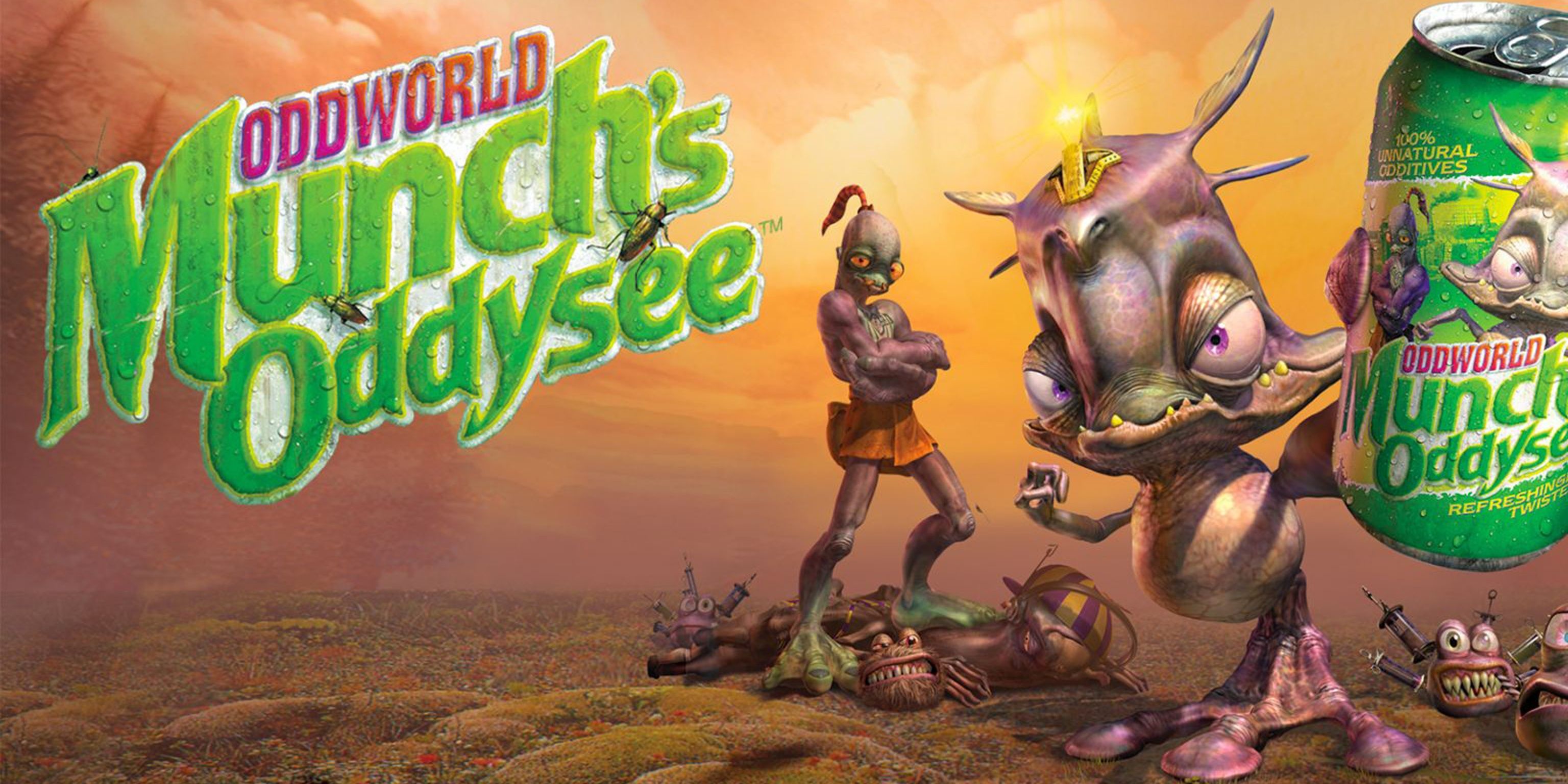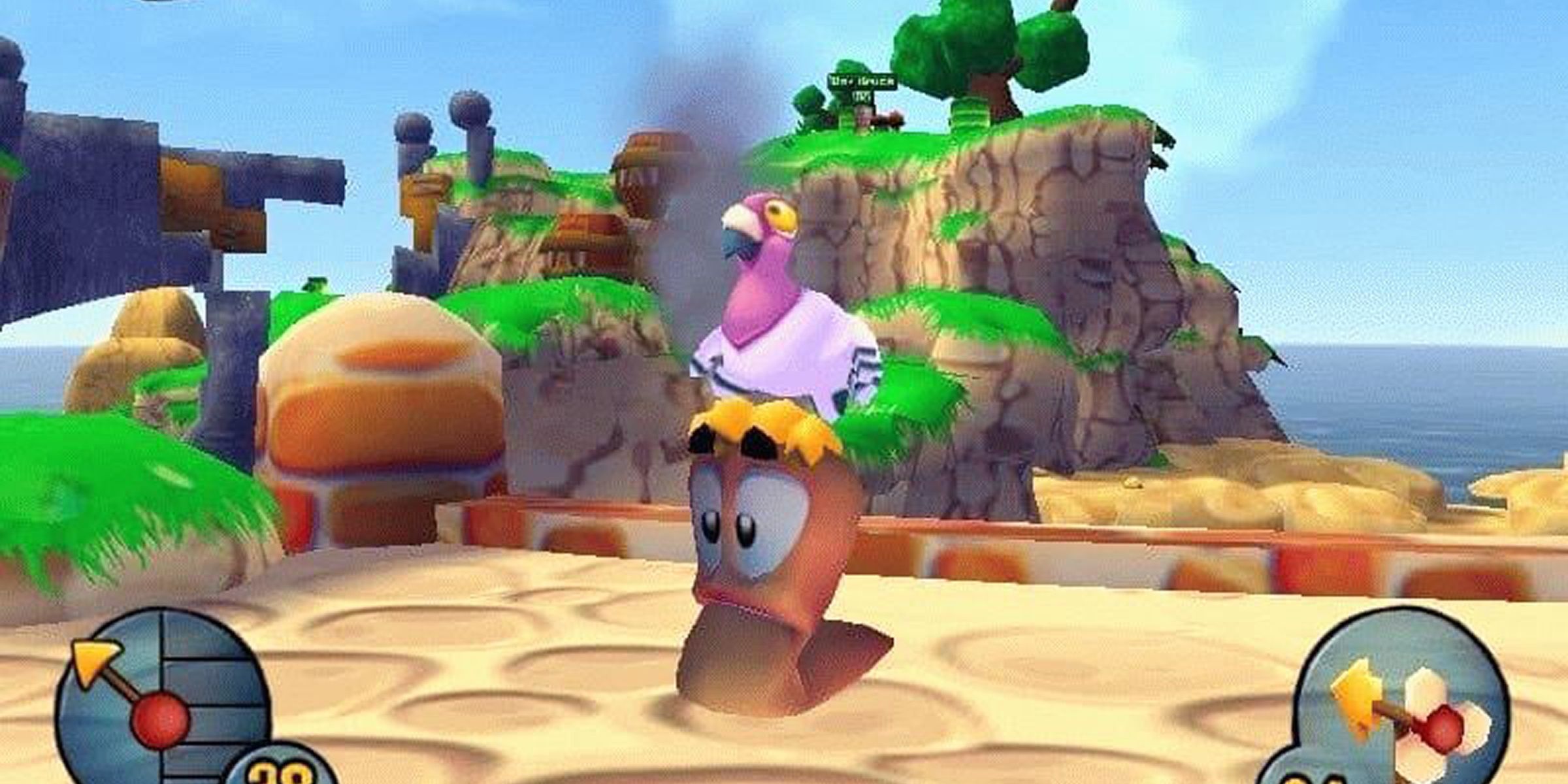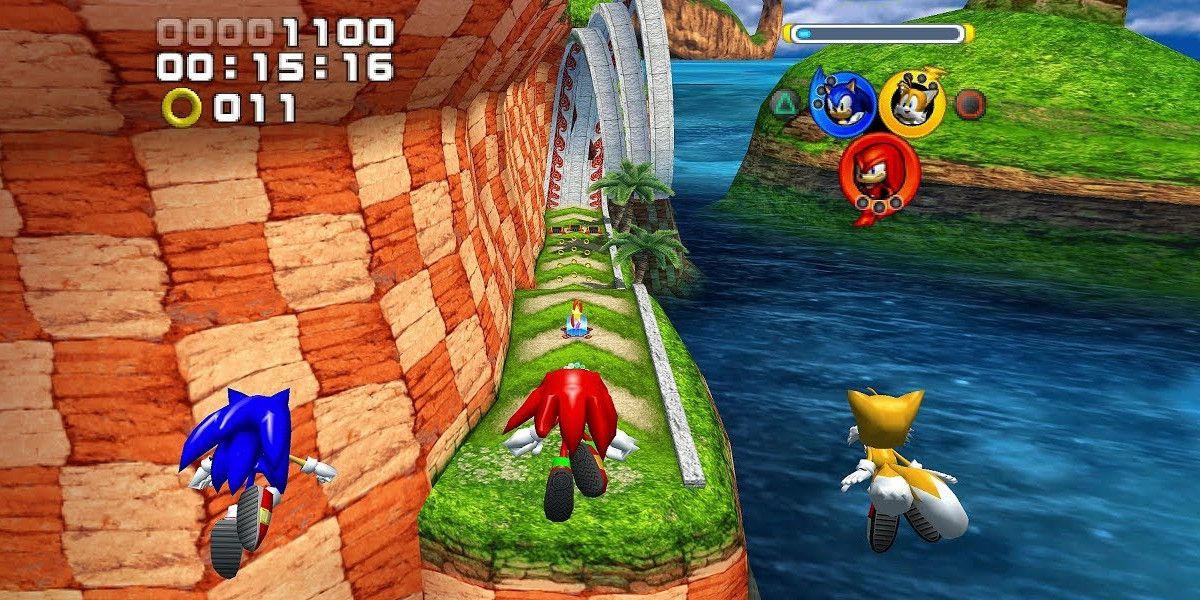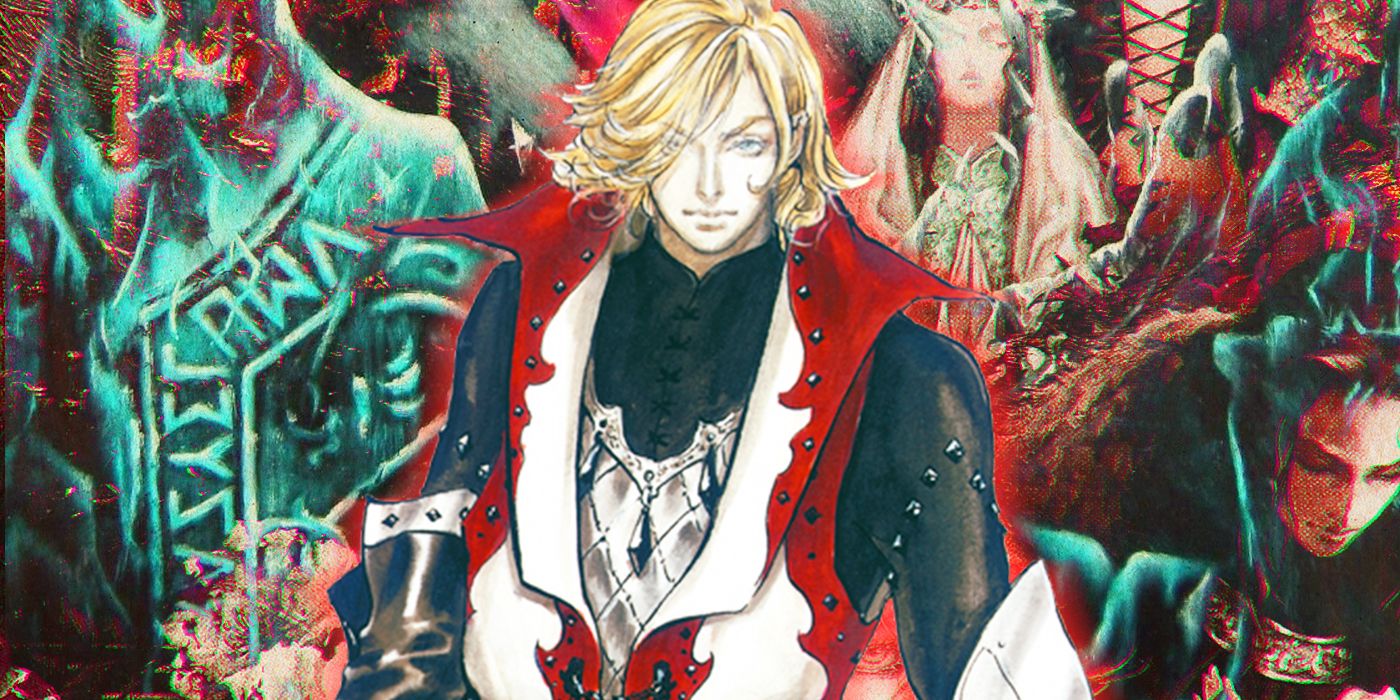With the fifth generation of consoles, the landscape of gaming was changing and those in the industry were scrambling to see where the future was headed. While many hedged their bets on interactive movies that were barely even games, others realized that 3D animation was where the wind was blowing.
Some franchises, such as Mario and Metal Gear Solid, successfully leaped into the third dimension. Others, such as Sonic and Castlevania, floundered in their first few attempts. While subsequent tries managed to find success, some efforts might have been better off if they had just stuck to the good old 2D perspective.
10 Mega Man X7 Suffers From Clumsy Gameplay And Abysmal Audio
Mega Man X7 made a half-hearted attempt to bring the Blue Bomber into the third dimension. Despite certain levels being displayed from a 3D perspective, many of them were still designed with a 2D sensibility as enemies and hostiles who should pose a threat were easily circumvented.
Despite this, the controls and camera weren’t up to the tasks Mega Man X7 imposed on players. Had the 3D sections been omitted, the game still wouldn’t be in the same league as the early X games, but it might’ve given the developers the extra time needed to polish the core mechanics and the game’s downright atrocious audio.
9 Oddworld Munch’s Oddysee Runs Out Of Steam Before Too Long
One could hardly begrudge Oddworld Inhabitants for attempting to modernize the series with the bump in hardware that came with the Xbox, but there’s no denying that the final product falls short of the original games’ legacy. Munch’s Oddysee‘s puzzles and gameplay additions are fun for a while, but as the story progresses, the mechanics and environments largely stay the same. Players will tire of the repetitive sneaking, collecting, and throwing long before the credits roll. In addition, the respawning sligs and ability to resurrect fallen friends gives players too much freedom to break the puzzles.
8 Gabriel Knight Blood of the Sacred Blood of the Damned Killed Adventure Games
Widely regarded as the game that killed graphic adventures, Gabriel Knight Blood of the Sacred Blood of the Damned is the reason why Jane Jenson stuck to 2D with her subsequent titles. One of the most widely talked about aspects of Gabriel’s third outing was the infamous puzzle in which the player had to get hair from a cat in order to create a fake mustache and disguise themselves as a character who does not have a mustache. This was apparently implemented in the game at the last minute after the intended puzzle was deemed prohibitively expensive and time-consuming.
7 Blaster Master Blasting Again Looked Like An Early PS1 Game
Blaster Master Blasting Again was late to the party — released on the original PlayStation one year into its successor’s life span. Despite this, the game still looked like an early PS1 title with a boring and drab environment, low poly models, and an underwhelming performance. Audio-wise, the game holds up a bit better with serviceable remixes of tunes from the NES game and some decent sound effects.
However, Blaster Master Blasting Again‘s vocal performances are dreadful. The underwhelming presentation might’ve been forgivable with solid mechanics to back it up, but it’s clear Blaster Master’s vehicle-based shooting was never meant for the third dimension.
6 Broken Sword The Sleeping Dragon Tried Too Hard To Be Modern
Broken Sword: The Sleeping Dragon marked a major deviation from prior entries in Revolution software’s globe-trotting adventure series. One of the biggest changes was ditching the cartoon look from the first two games to offer a fully polygonal 3D title. In addition, the point and click interface from Shadows of the Templars was replaced with directional movement to be more in line with modern action titles. With the change in art style, much of the charm and personality from prior entries was greatly diminished. Additionally, the in-game visuals of the time couldn’t provide the same level of visual quality and expressions that could be conveyed with hand drawn characters.
5 Worms 3D Got Caught By The Early Bird
During the sixth generation of consoles, Team17 decided to burrow out of the second dimension and into uncharted territory with Worms 3D. This change offered plenty of benefits, but substantially more drawbacks. True, the third dimension gave players much more freedom of movement than previous installments, but it also made certain mechanics such as aiming more difficult and cumbersome than it had been before. A few more entries followed this formula before going back to the original perspective. While the 3D entries aren’t without their defenders, fans generally agree that the Worms series worked best when it was in 2D.
4 Working Designs Passed On Alundra 2
The first Alundra was an action adventure title for the PlayStation, beloved for its story and blend of different gameplay genres, and given a loving translation by Working Designs. However, they were absent when it came time to localizing the sequel, and after playing it, gamers might not be so surprised why the publisher passed. Despite sharing the name of its predecessor, the eponymous protagonist from the first game is nowhere to be seen. The change in heroes came with a change in visuals, resulting in the gorgeous 2D visuals from the former being excised for ugly polygonal graphics.
3 Sonic Heroes Could Have Gone With The Advanced Route
Sonic Heroes jettisoned the shooting and scavenger hunt levels from the Adventure games to focus on platforming sections with three characters the player could control. However, the game is too fast for the constant character switching that the game demands and the camera can’t keep up with three speeding manimals at once. In contrast, the Sonic Advance titles on the Game Boy Advance stuck to 2D while allowing players to control several of Sonic’s buddies from the Adventure games. Had Heroes adopted that perspective, the character switching might not have been so cumbersome, and the camera problems would’ve been resolved.
2 Escape From Monkey Island Should Have Stayed Hand Drawn
Escape from Monkey Island marked the second game powered by the GrimE engine from Grim Fandango and the final graphic adventure from LucasArts until 2009. Sean Clark and Michael Stemmle from Sam & Max Hit The Road served as writers for this installment, and their knack for penning humorous characters and dialogue still shine.
However, much of the comedy was reliant on in-jokes and callbacks to previous games. While the characters were rendered in real-time, the backgrounds were pre-rendered backgrounds. The visuals didn’t hold up, and the game would’ve been better had it stuck to the hand drawn look from Curse.
1 Castlevania Lament Of Innocence Could Have Been A Great Metroidvania
With Koji Igarashi serving as director, artist Ayami Kojima channeling her gothic Manga artistry, and composer Michiru Yamane once again contributing some haunting compositions, Lament of Innocence had all the ingredients for another quality Castlevania title. Unfortunately, what fans got was a lower mid-tier Devil May Cry.
With the third dimension, players could easily flee from battles, turning enemies that were life-threatening in previous games into a mere annoyance. However, with all the key players returning from Symphony of the Night and the advancements with the PlayStation 2 hardware, the game could have made for a brilliant Metroidvania.
Read Next

.jpg)





.jpg)

.jpg)













